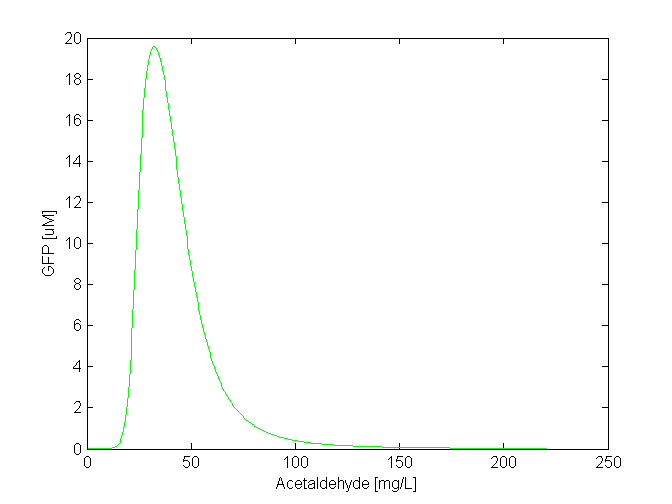Team:ETH Zurich/Achievements/Model Results
From 2011.igem.org
(Difference between revisions)
(→Feasibility Analysis) |
|||
| Line 9: | Line 9: | ||
|} | |} | ||
|- | |- | ||
| - | |colspan="2"| By modeling and simulating our system we verified that it can actually be implemented in reality. We checked its feasibility, drew some conclusions and decided on a most suitable channel design. | + | |colspan="2"|'''By modeling and simulating our system we verified that it can actually be implemented in reality. We checked its feasibility, drew some conclusions and decided on a most suitable channel design.''' |
|} | |} | ||
Revision as of 03:54, 22 September 2011
| Modeling Results |
| ||
| By modeling and simulating our system we verified that it can actually be implemented in reality. We checked its feasibility, drew some conclusions and decided on a most suitable channel design. | |||
Feasibility AnalysisWe verified that our initial idea works and that we can actually get a moving GFP band in the channel responding to different input acetaldehyde concentrations! For a 5cm long channel, in order for our SmoColi bacteria to start reporting the presence of acetaldehyde in the air (when the GFP band appears at the beginning of the channel), the system should be supplied with around 44.05 mg/L of acetaldehyde. In order for the band to be able to form at the very end of the channel, the input acetaldehyde concentration should be 2420 mg/L. |
Process DesignAfter simulating our system in COMSOL, we came to the following conclusions that helped us designing the channel experimentally:
|
 "
"



